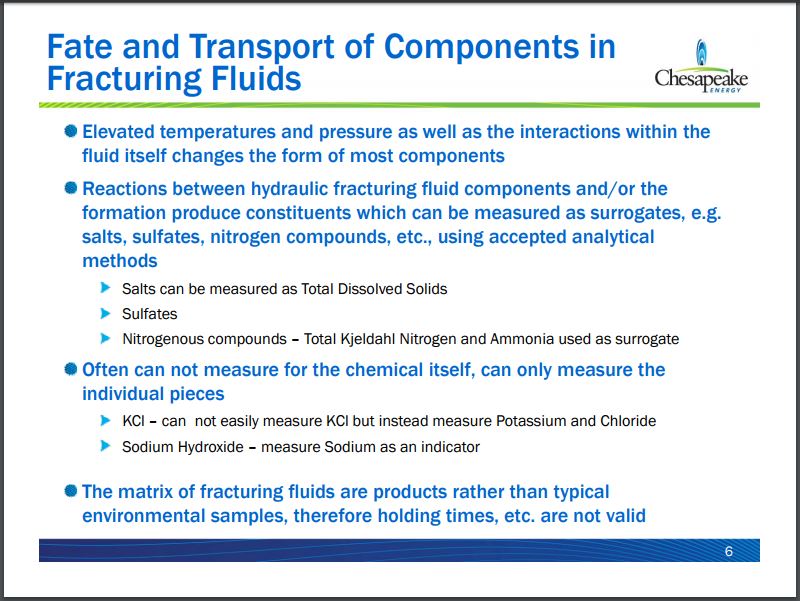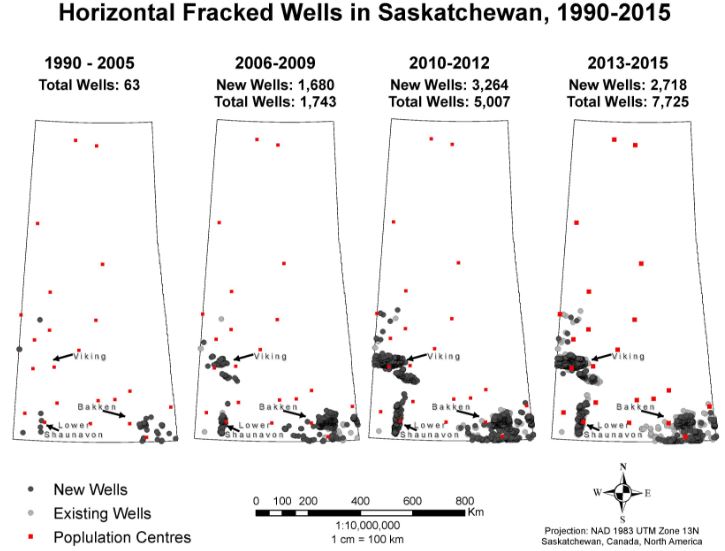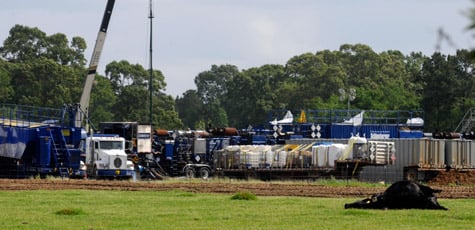Cattle found dead on Saskatchewan pasture drank toxic water, tests confirm by Jennifer Graham, The Canadian Press, July 13, 2017, The Globe and Mail
Tests have concluded that about 200 cattle found dead in a pasture in southwestern Saskatchewan drank toxic water.
Dr. Betty Althouse, the province’s chief veterinary officer, says water samples from the pasture’s dugout had a sulphate concentration of more than 24,000 milligrams per litre.
Sulphate concentrations over 1,000 milligrams per litre can cause neurological trauma in cattle and can kill at levels over 7,000 milligrams.
Dissolved solids, including salts, in the water were also extremely high at 33,400 milligrams per litre. Information from the provincial government suggests water with dissolved solids greater than 7,000 milligrams should not be used for cattle at all.
Althouse didn’t provide details Thursday as to what other dissolved solids were in the water.
She said the cause seems to have been a lack of rain and evaporation due to hot weather.
“The evaporation plays a big role in that and it just concentrates what’s there,” Althouse said .
The dead cows and calves were discovered last Friday on Crown land south of the community of Chaplin. The pasture is operated by a grazing company and leased by 33 cattle owners.
At the time, much of southwestern Saskatchewan was under a heat warning as temperatures hovered around 30 C.
Althouse said there can be few signs for several days when animals drink that much salt in water.
“They may look fine for a few days and then there would be sudden deaths. It’s not like you’re going to see a few die one day and a few the next. It does tend to be a fairly sudden catastrophic event,” she explained.
“That would make it very challenging to pick up or prevent in many ways, because I don’t think any of us were really as prepared for the level of quality problems that there are in this water.”
RCMP and animal protective services are investigating.
An estimated 240 surviving cow-calf pairs were moved to a different pasture that has a safe and secure water source, although a handful have since died and others remain under veterinary care, Althouse said.
The Agriculture Ministry is getting increasing reports of poor water quality from people across the province, particularly in the southwest. People may have to bring in other water sources, set up water tanks or troughs, Althouse suggested.
“The water quality seems to be worse than many had suspected.” [Emphasis added]
[Refer also to:
Slide from Chesapeake Energy presentation at EPA workshop
2017 07 12: Release of treated wastewater from hydraulic fracturing contaminates lake by American Chemical Society
Summary:
Hydraulic fracturing has enabled a domestic oil and gas boom in the US, but its rapid growth has raised questions about what to do with the billions of gallons of wastewater that result. Researchers now report that treating the wastewater and releasing it into surface waters has led to the contamination of a Pennsylvania watershed with radioactive material and endocrine-disrupting chemicals.
… [Fracking] produces large amounts of wastewater containing radioactive material, salts, metals, endocrine-disrupting chemicals and polycyclic aromatic hydrocarbons that could pose risks to the environment and human health. A Pennsylvania report estimates that in 2015, 10,000 unconventional oil and gas wells in the Marcellus Shale produced 1.7 billion gallons of wastewater. The facilities that collect the water provide only limited treatment before releasing it into surface waters. Bill Burgos and colleagues at Penn State, Colorado State and Dartmouth wanted to see what impact this strategy of treating and releasing fracking wastewater might be having.
The researchers sampled sediments and porewaters from a lake downstream from two facilities that treat fracking wastewater in Pennsylvania. Their analysis detected that peak concentrations of radium, alkaline earth metals, salts and organic chemicals all occurred in the same sediment layer. The two major classes of organic contaminants included nonylphenol ethoxylates, which are endocrine-disrupting chemicals, and polycyclic aromatic hydrocarbons, which are carcinogens. The highest concentrations coincided with sediment layers deposited five to 10 years ago during a peak period of fracking wastewater disposal. Elevated levels of radium were also found as far as 12 miles downstream of the treatment plants. The researchers say that the potential risks associated with this contamination are unknown, but they suggest tighter regulations of wastewater disposal could help protect the environment and human health.
Journal Reference:
- William D. Burgos, Luis Castillo-Meza, Travis L. Tasker, Thomas J. Geeza, Patrick J. Drohan, Xiaofeng Liu, Joshua D. Landis, Jens Blotevogel, Molly McLaughlin, Thomas Borch, Nathaniel R. Warner. Watershed-Scale Impacts from Surface Water Disposal of Oil and Gas Wastewater in Western Pennsylvania. Environmental Science & Technology, 2017; DOI: 10.1021/acs.est.7b01696
***
Image from Saskatchewan’s “Wild West” approach to fracking
Map does not show conventional wells, or vertical, slant, deviated fracked wells.
This map includes all drilled and licensed oil wells in Saskatchewan as of July 2015. It does not include wells that have already been decommissioned nor does it include gas wells.
Data provided by the Saskatchewan Ministry of Economy, July 2015.
Map created by Jessica Vanstone. 2015.
Fracking, dead cows and…RADIATION?
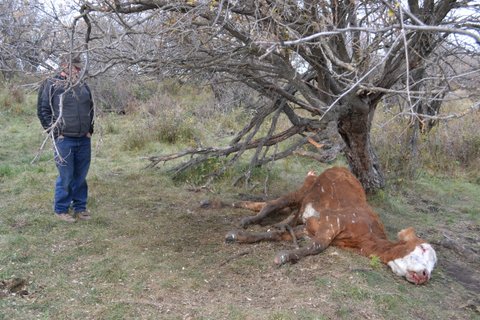
Cows Dropping Dead, Farmers Getting Sick: How Fracking Is Threatening Our Food
Livestock Falling Ill In Fracking Regions
Study suggests hydrofracking is killing farm animals, pets
2009: 16 Cattle Drop Dead Near Mysterious Fluid at Gas Drilling Site
Prof: Fracking Fluid Harmful To Animal Health
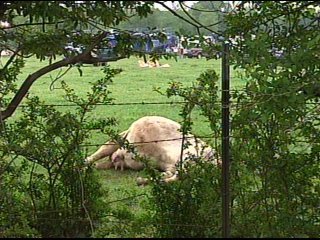
More at FrackingCanada How the West was Lost ]

